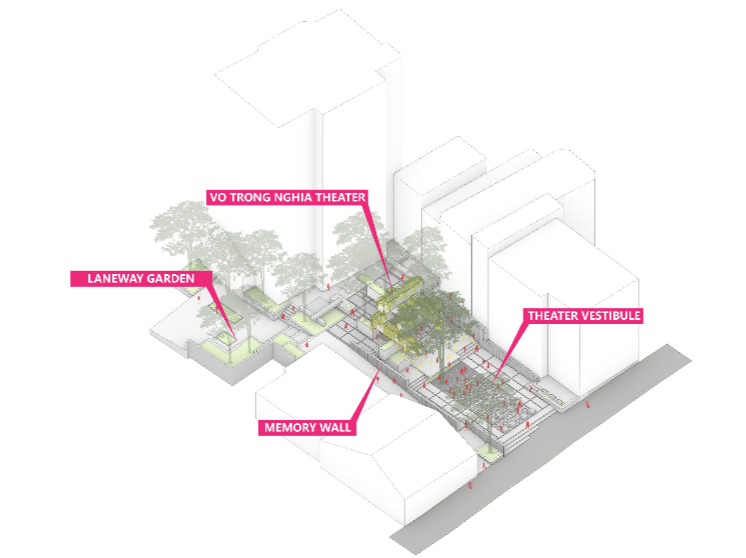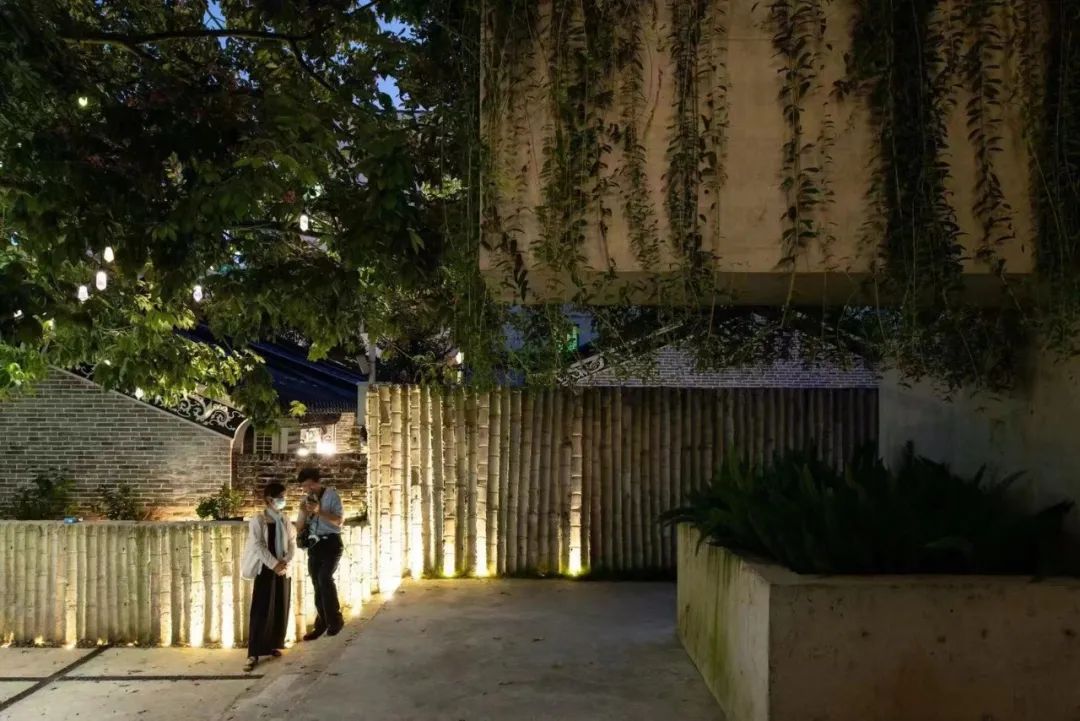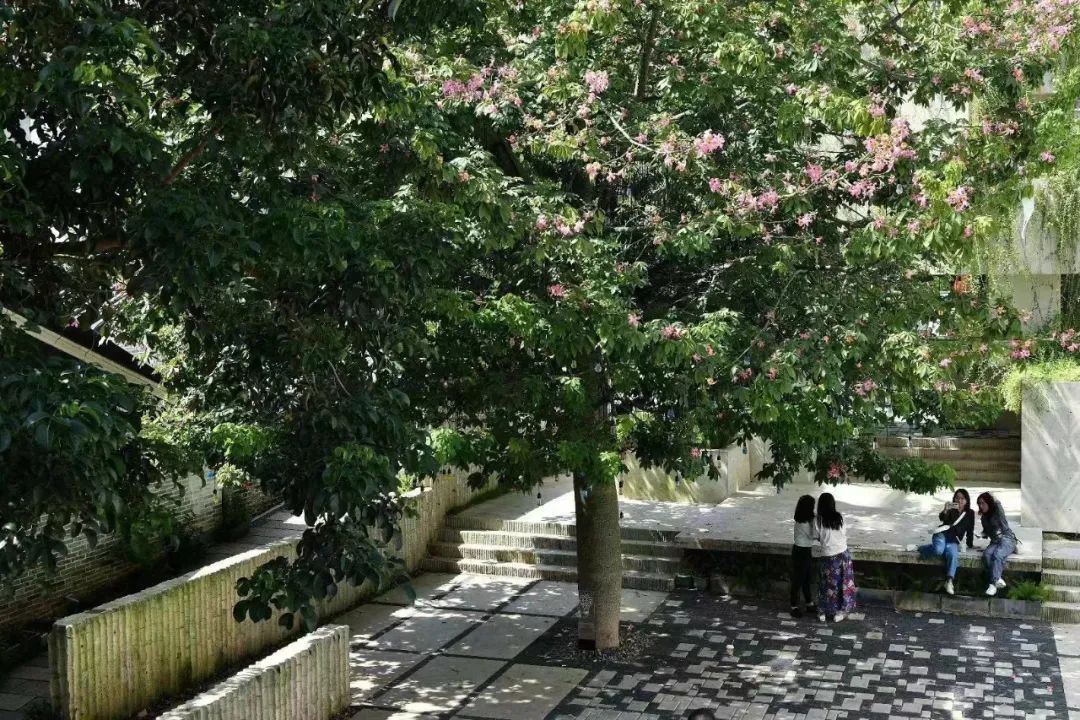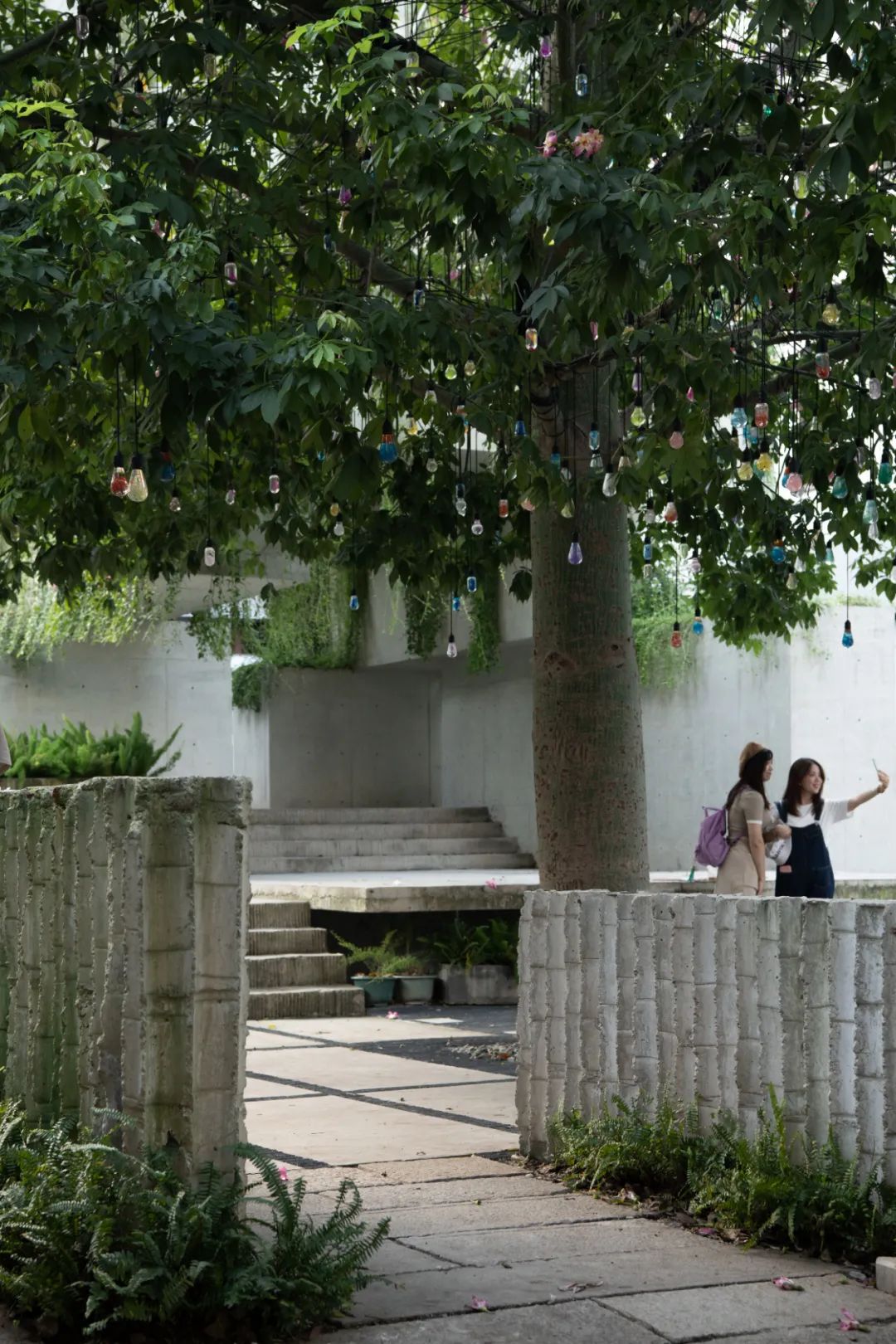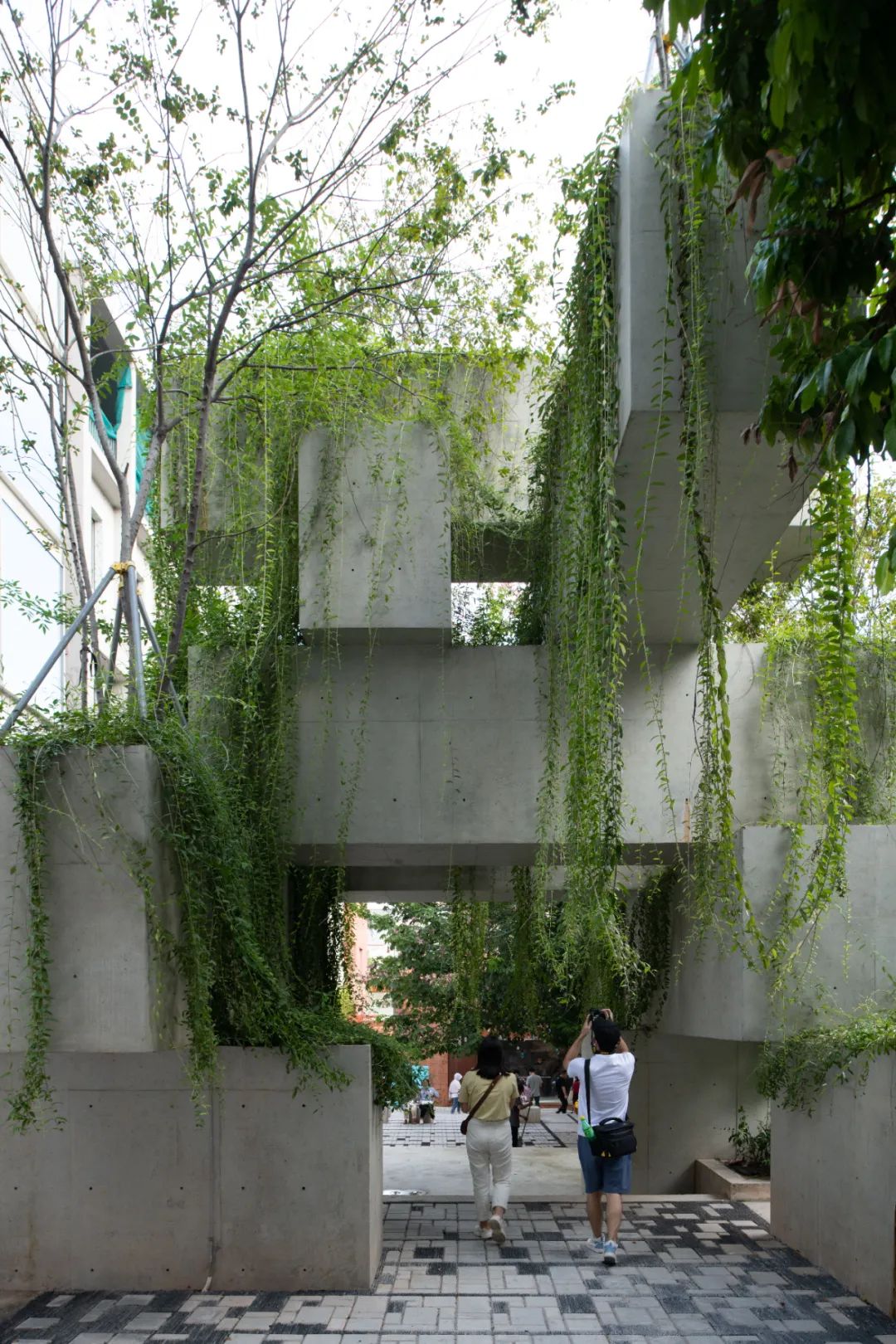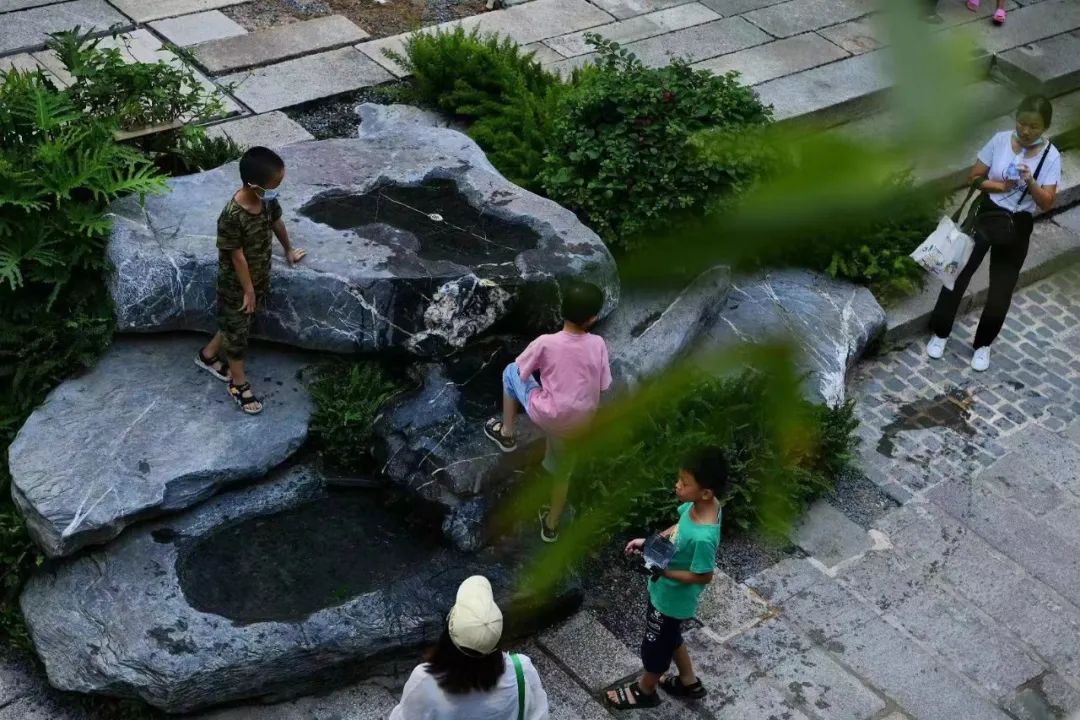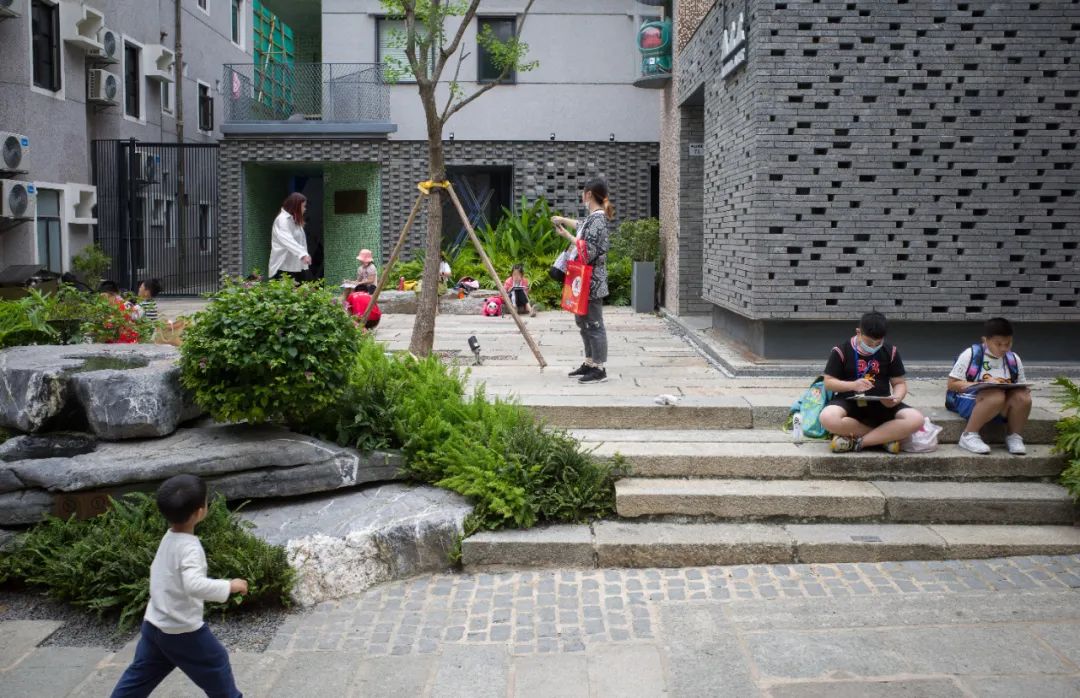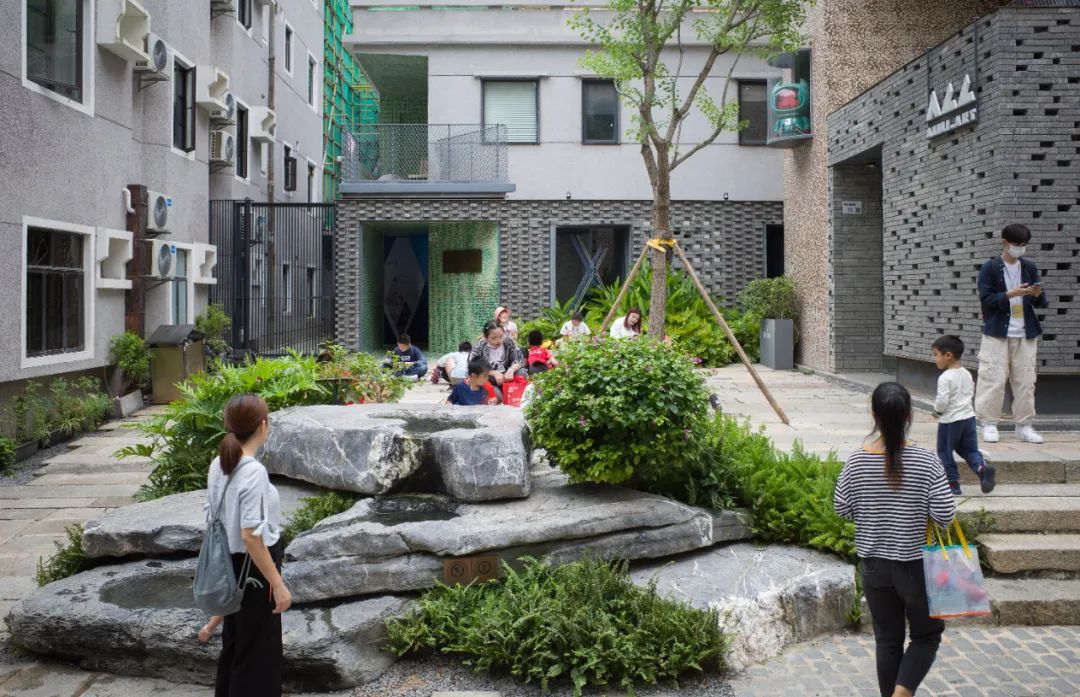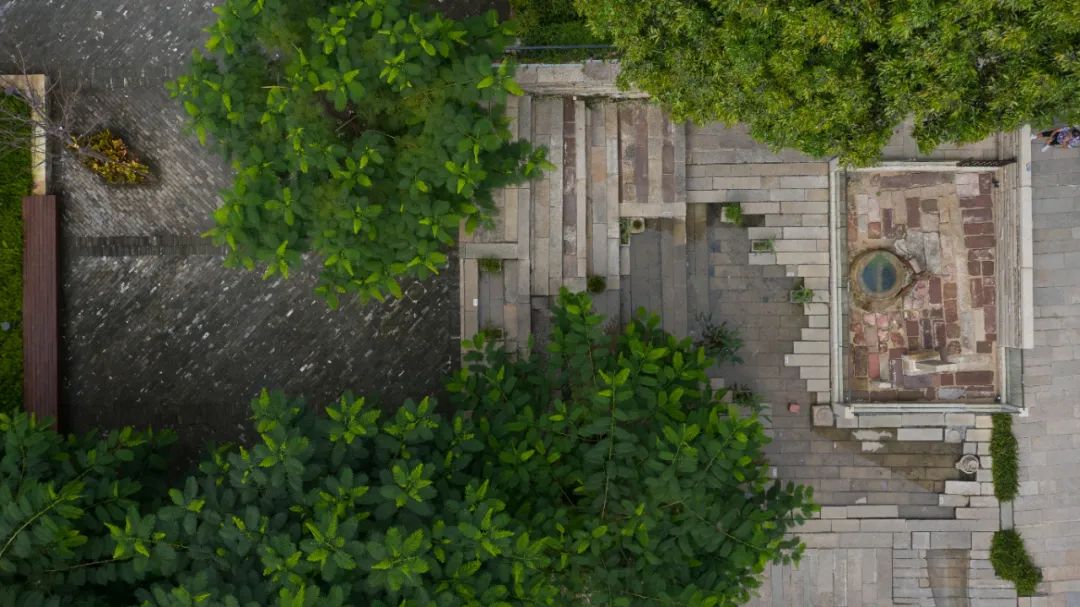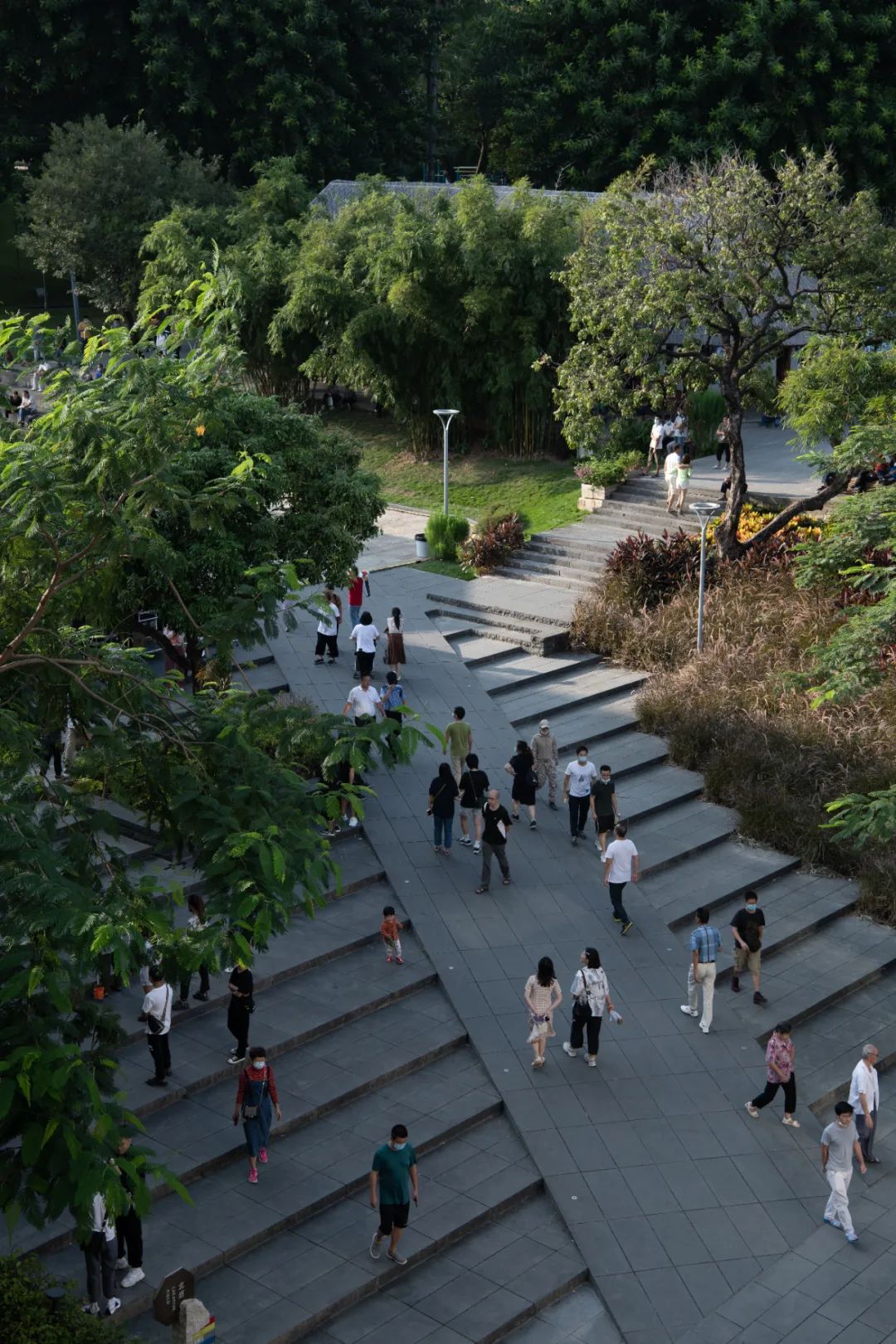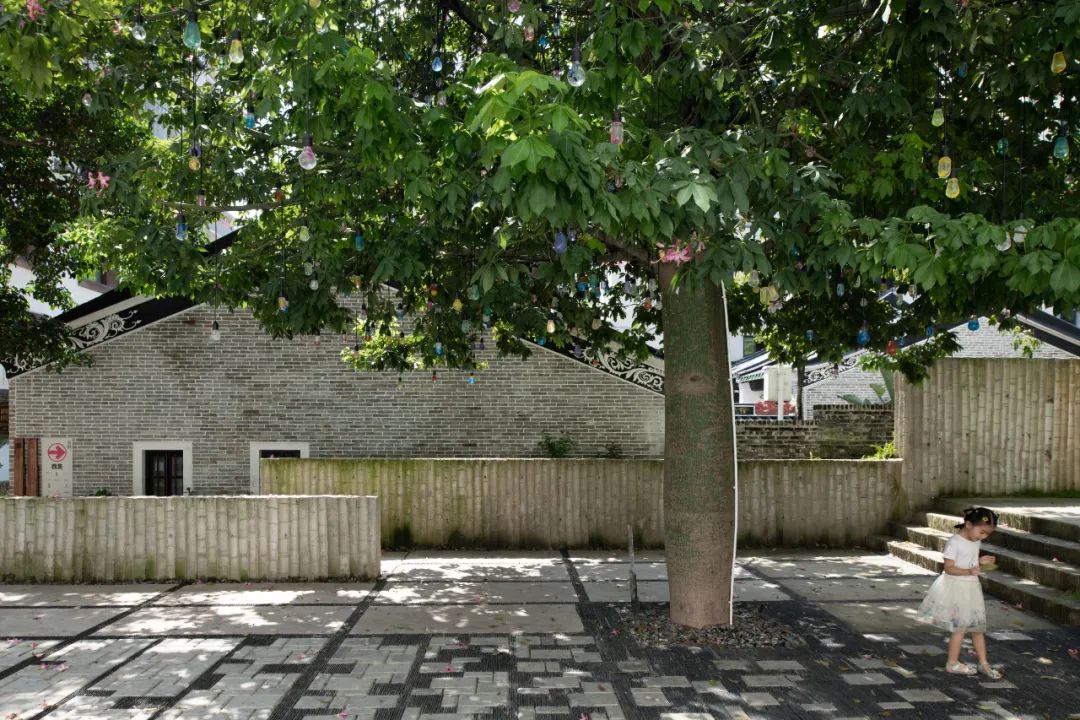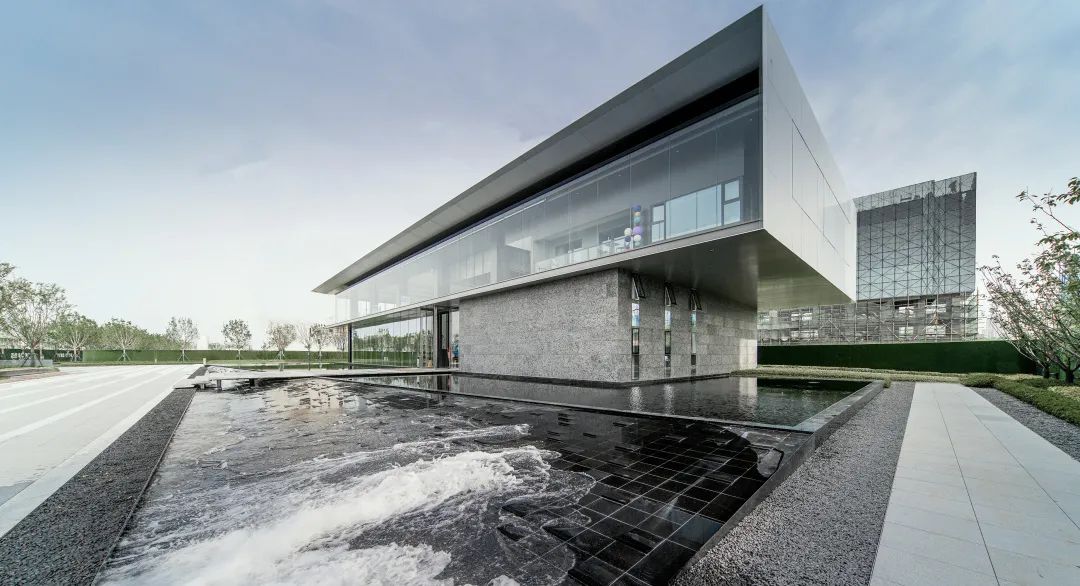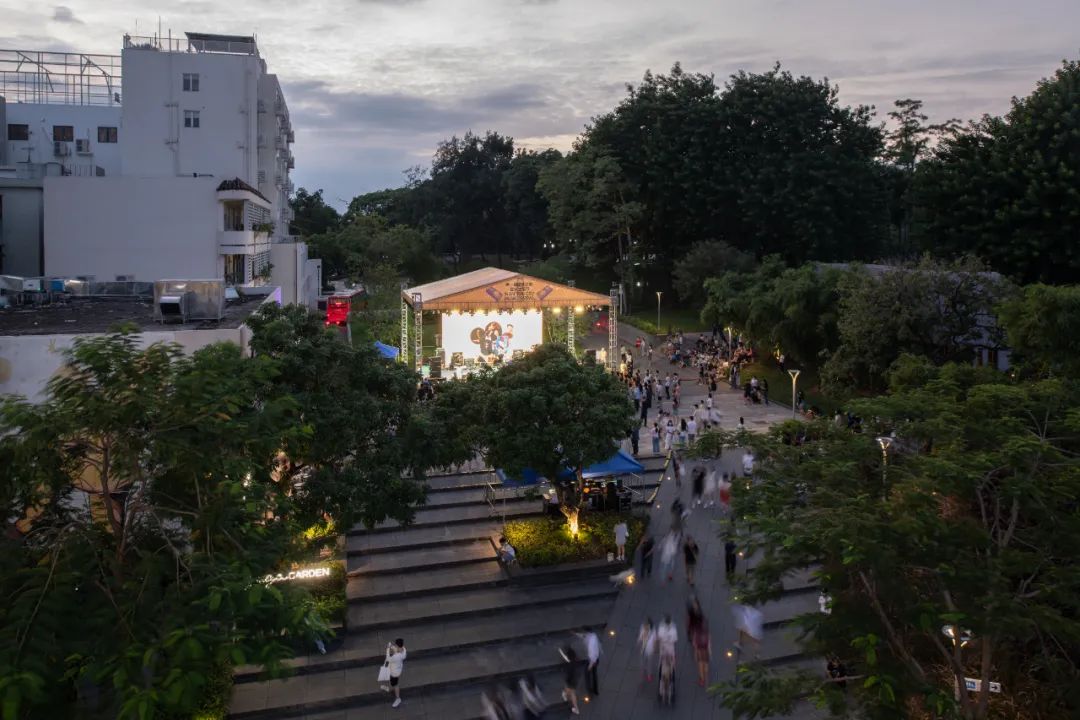
项目概况
PROJECTOVERVIEW
南头古城位于深圳经济特区的南山区。作为距今1700年历史的岭南文化遗产,南头见证了深圳中心区域的更新与发展,建国初期作为政府所在地,在深圳一直处在区域核心地位。但随着深圳城市规模扩张,蓬勃发展的商品房市场和日益高涨的租赁需求,使得南头古城成为了无序生长的城中村生活环境恶劣、空间狭窄的复杂地段。2019年开始的南头古城城市更新一定程度上更关注丁字形主街道的商业发展,而原住民的日常生活需求仍得不到满足。针对这一城中村改造的特殊问题,景观设计团队在尊重在地文化、保留原有街巷肌理的基础上,通过原生材料实现场所营造(Placemaking),选取古城街巷中原本破败、灰暗、消极的空间,重新设计规划,打造成具有烟火气的社区花园。
Nantou Ancient City is located in the Nanshan District of Shenzhen Special Economic Zone. A significant carrier of Cantonese culture for over 1,700 years, Nantou was also a critical political location in the early days of the Peoples Republic of China. It has witnessed the renewal and development of the central area of Shenzhen as a core part of the city. However, as Shenzhens urban scale continued to rapidly expand throughout the 90s, the rising demand for housing caused Nantou Ancient City to grow disorderly. The living environment of the once-thriving urban village became disorganized and cramped. An urban renewal project for the area was initiated in 2019. While much of that project focused on the commercial potential of the main streets, the daily needs of local people were not ignored. based on the challenges unique to urban villages that Nantou faces, the landscape design team aimed to respect the local culture by preserving the original street layout. The team adhered to the concept of placemaking by utilizing indigenous materials, such as granite and tiles, the transformation of the dilapidated and gloomy space into an all-new dynamic community park.





通过营造新旧文化相互碰撞融合的氛围,焕发古城的生机与活力,满足原住民的公共活动需求,同时因为新的城市客厅的存在,外来人口、创客、游客等不同群体间能够积极互动、有机融合。
By creating a fusion of old and new cultures, Nantou Ancient City is now an area full of energy that provides ample space for public activities such as gathering, resting and communicating. This new urban living room also allows for different groups such as migrants, artists, and tourists to organically interact and communicate.




△通过营造新旧文化相互碰撞融合的氛围,焕发古城的生机与活力
现状分析
SITE ANALYSIS
改造前的南头古城内部杂乱丛生、自然生长的建筑,使本就蜿蜒狭窄的街巷分裂割据,形成了多个狭小而又独立的分裂空间。加之人口和空间结构复杂、基础设施陈旧、文物保护困难,严重缺乏适合满足居民日常生活需要的公共活动空间。
Before its transformation, Nantou Ancient Citys unkempt greenery and sprawling buildings split its original narrow, winding streets. This created a series of small spaces all separated from each other. In addition to the complex spatial structure, infrastructure was outdated and cultural relics were not effectively preserved. Residents faced a serious lack of suitable space and facilities that met the needs of their daily lives.
设计策略
DESIGNSTRATEGY
面对复杂的城中村空间体系与居民的实际需求,设计团队研究了古城内原有的空间和人口结构,以点(5个花园)、线(数条巷道)的方式有机串联不同区域,将剩余空间改造成社区公共活动花园,编织成多元包容的公共领域网络。设计采用三个RE策略:第一,拆除违建与问题建筑,打开阴暗巷弄(Reopen the leftover space);第二,强调当地材料再利用(Relocate Materials);第三,以植入新功能的景观节点串联社区(Reconnect the community)。
Faced with a number of spatial idiosyncrasies and varying needs of locals, the design team conducted an extensive study on Nantous original space and population structure. They established an organic point (five gardens) and line (multiple alleyways) system on this basis to connect different regions of the urban village. Surplus space was transformed into community park space and woven into a diverse and inclusive spatial network. The design applied three REs in its strategy: RE-open leftover space by tearing down illegally constructed buildings and opening up the dark alleyways; RE-use materials by emphasizing local sourcing; and RE-connect the community through landscape nodes with new functionality.

△古城花园平面图

△南头古城鸟瞰效果图
与主街的商业功能不同的是,南头花园重新梳理空间格局、就地取材、保留场地植物,利用在地材料打造富有生命力的社区开放空间,以散落在南头古城十字主街附近的砥园、叠园、观音井、大家乐广场、光合社、以及多条特色的巷道物物集串联互动,保留当地居民的历史记忆,让社区空间与社区人群有机融合。
The Nantou Community Park project created a vibrant public space through rearranging the spatial structure, using local materials, and retaining the sites original greenery. It preserves the historical memory of the space by integrating the unique alleyways with nodes (Whetstone Garden, Folding Garden, Guanyin Fountain, Grand Joy Plaza, and the Photosynthesis Club) that were previously scattered randomly around Nantous main intersection. These features integrate the space organically into the surrounding community.
△ 改造后的砥园
△ 改造后的叠园
△ 改造后的观音井
细节设计
DETAILED DESIGN
叠园的改造围绕着场地中心的混凝土构筑物展开,材料的选择到植物的搭配都做到了与构筑物和谐共生。乔木,灌木生长在构筑物里;时间和记忆凝固在混凝土的墙体和铺装中。台阶和坐凳将混凝土和树枝融合,在表面留下印记。场地内保留的木棉花,与叠园形成独特的对话关系。
The transformation of Folding Garden started from the concrete structure in the center of the site. The selection of materials and arrangement of plants both were completed with the harmony of the structure in mind. Along with trees and shrubs, time and memories are solidified and grow in its concrete walls. Steps and benches blend the concrete with branches, leaving a noticeable imprint on the surface. The preserved kapok tree forms a unique dialogue with the garden.

△武重义的混泥土构筑物与现场保留的木棉花树
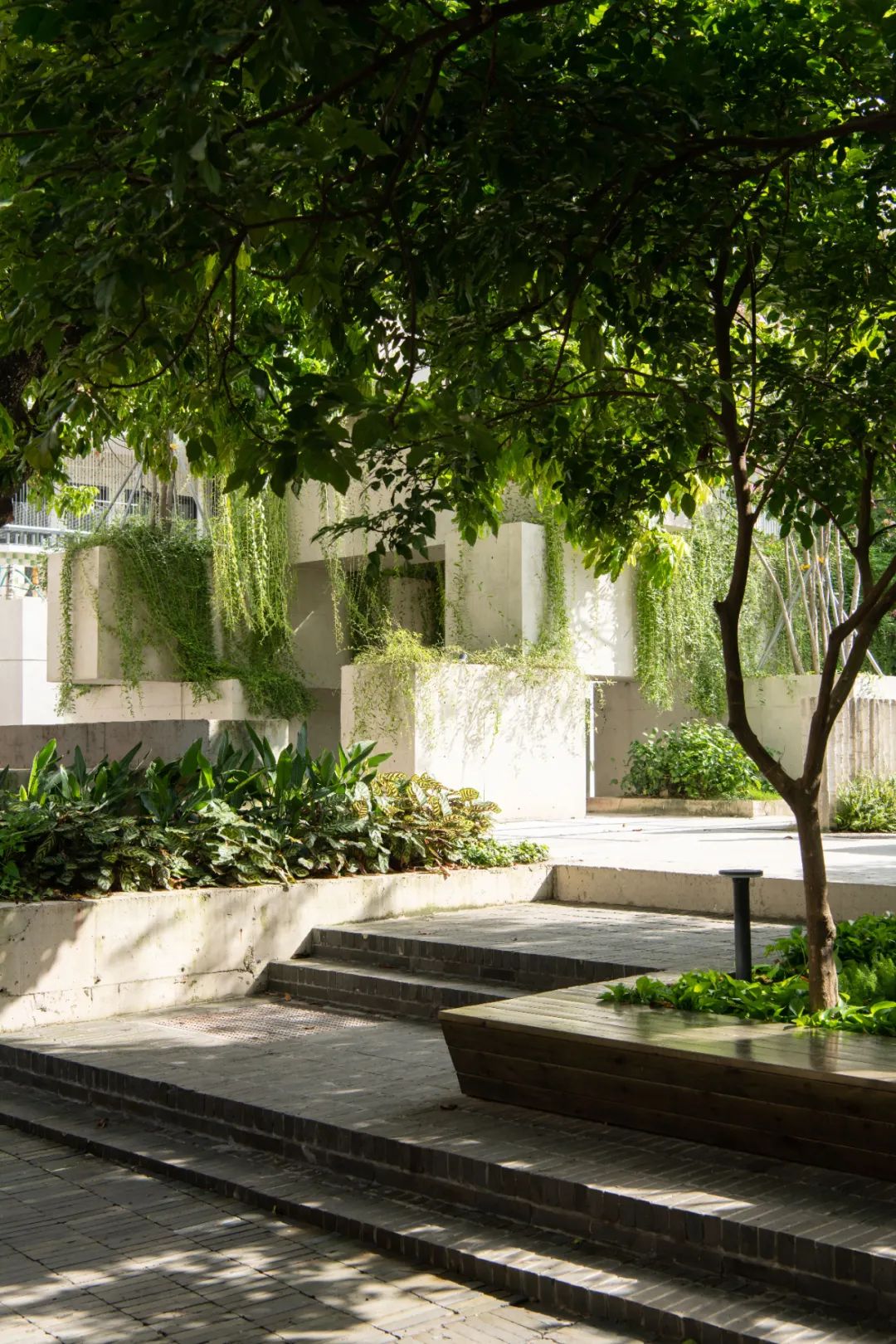
△ 材料的选择到植物的搭配都做到了与构筑物和谐共生


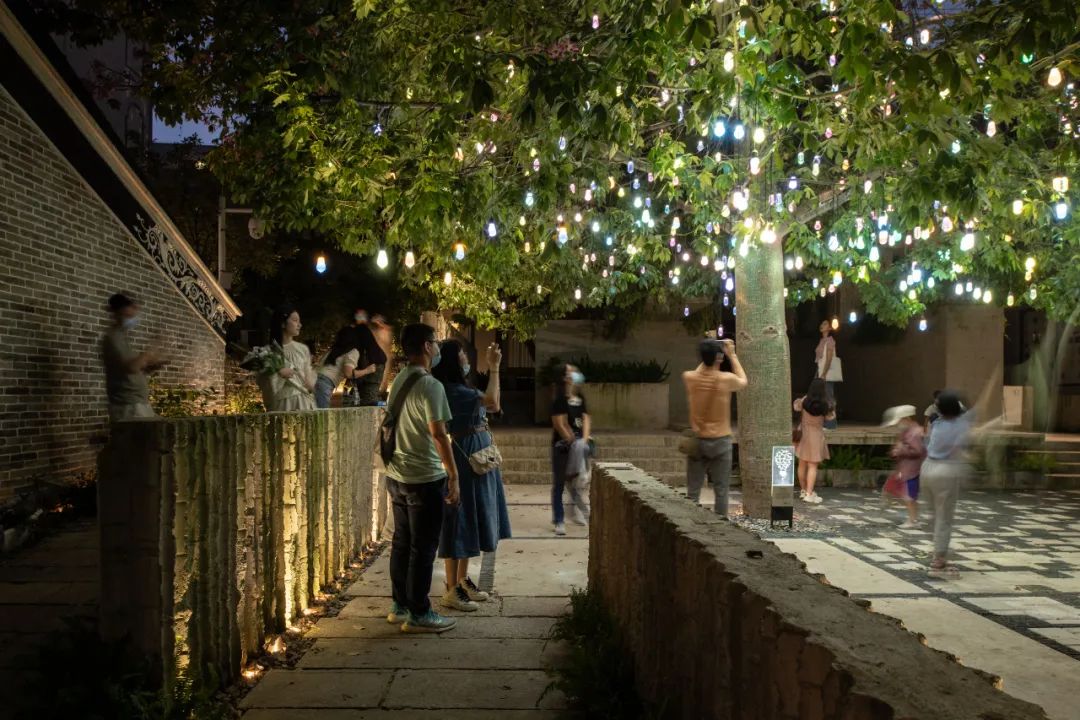



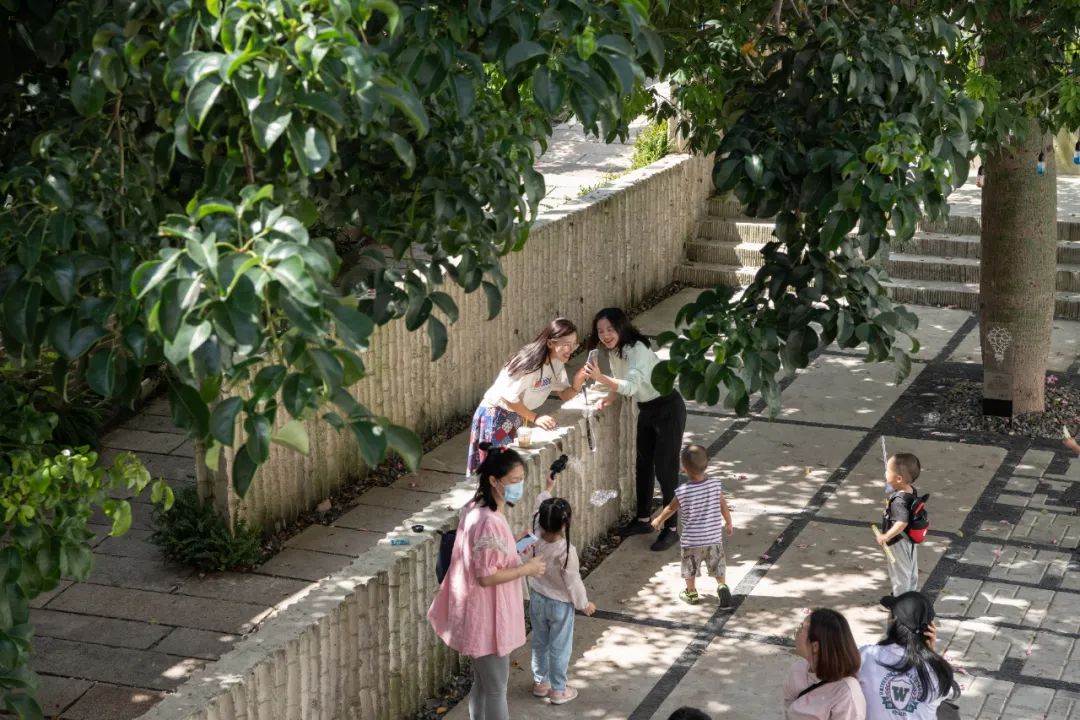


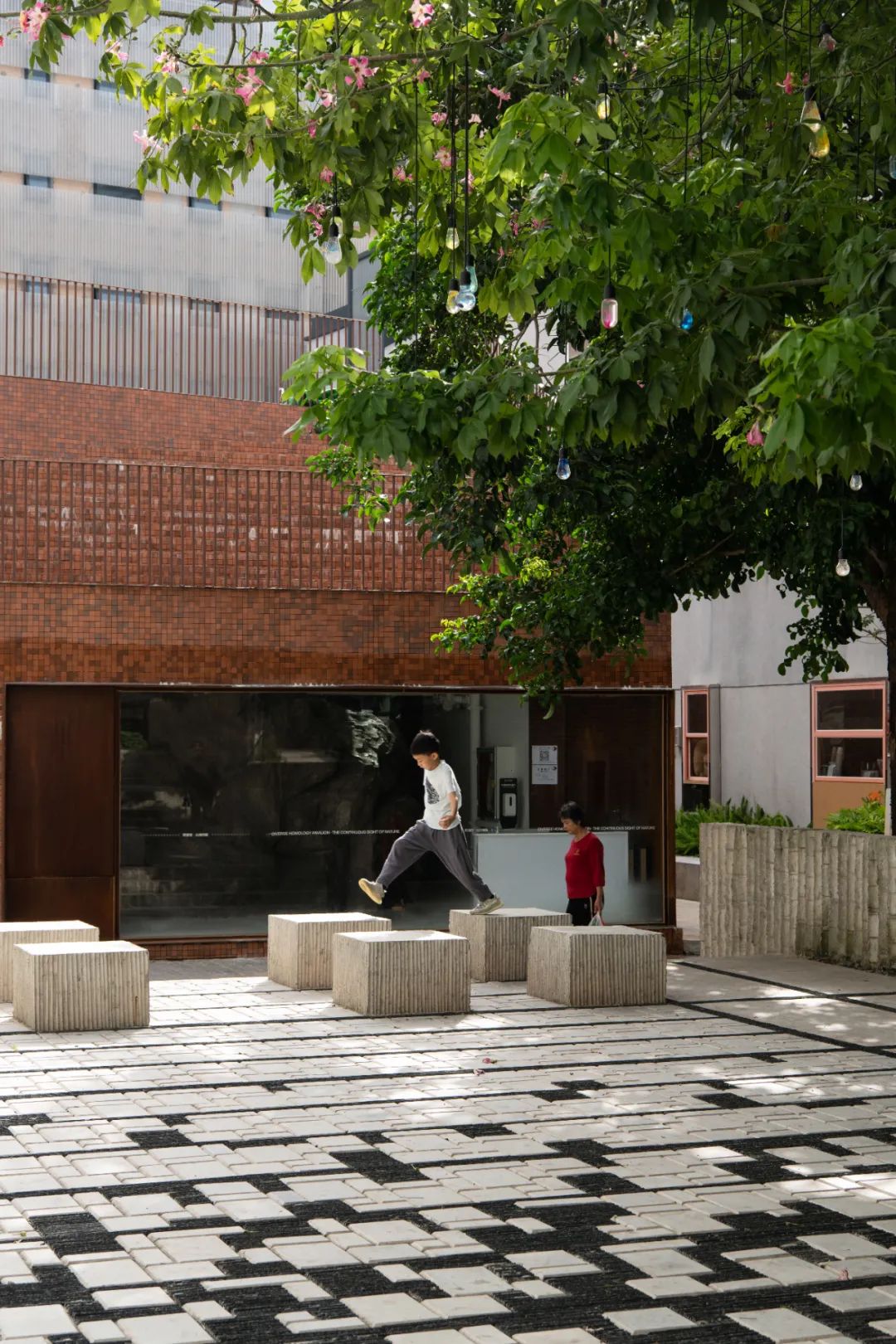


△时间和记忆凝固在混凝土的墙体
将废弃的小型变电站就地取材,利用遗留的大块麻石材料,经过叠加组合、腐蚀、加植多种植被等方式,形成自然的水景花园。水流在植物的掩映下顺着石块缓缓流淌,创造出此不经意间的停留空间。
Repurposing large pieces of leftover granite from a nearby abandoned electrical substation, a natural water garden was formed through layering, corrosion, and adding new varieties of vegetation. The water flows slowly along the stones under the shade of the plants, creating a casual space for rest and relaxation.
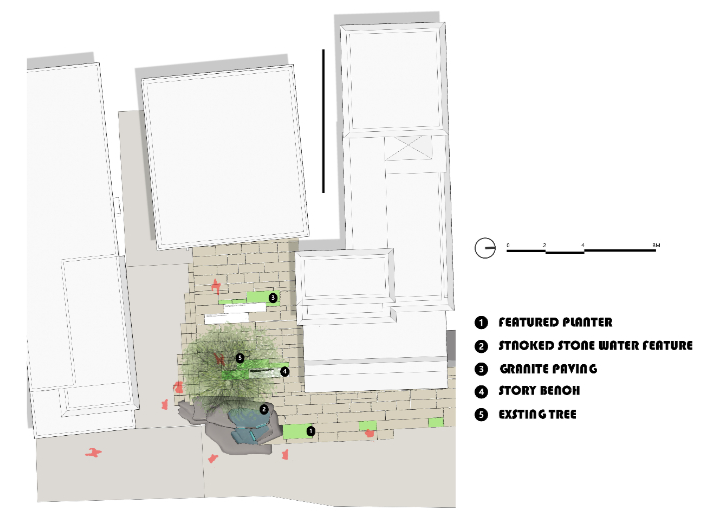
△ 砥园平面图
△ 改造后:砥园航拍
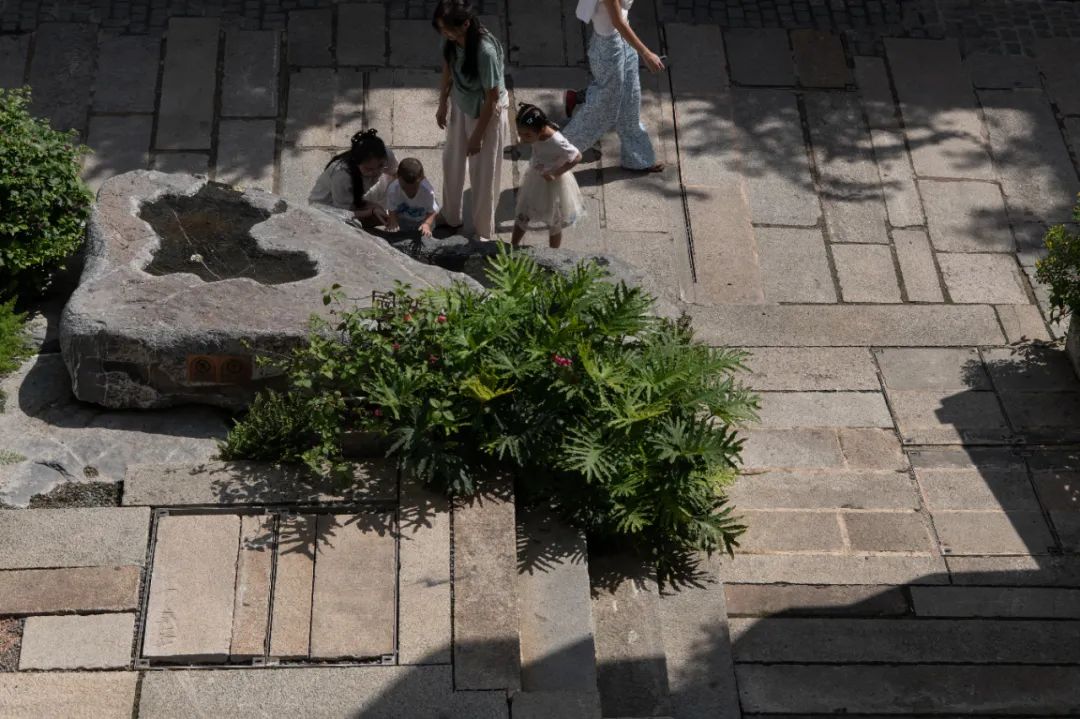


△孩子们在老麻石改造的水景前戏水
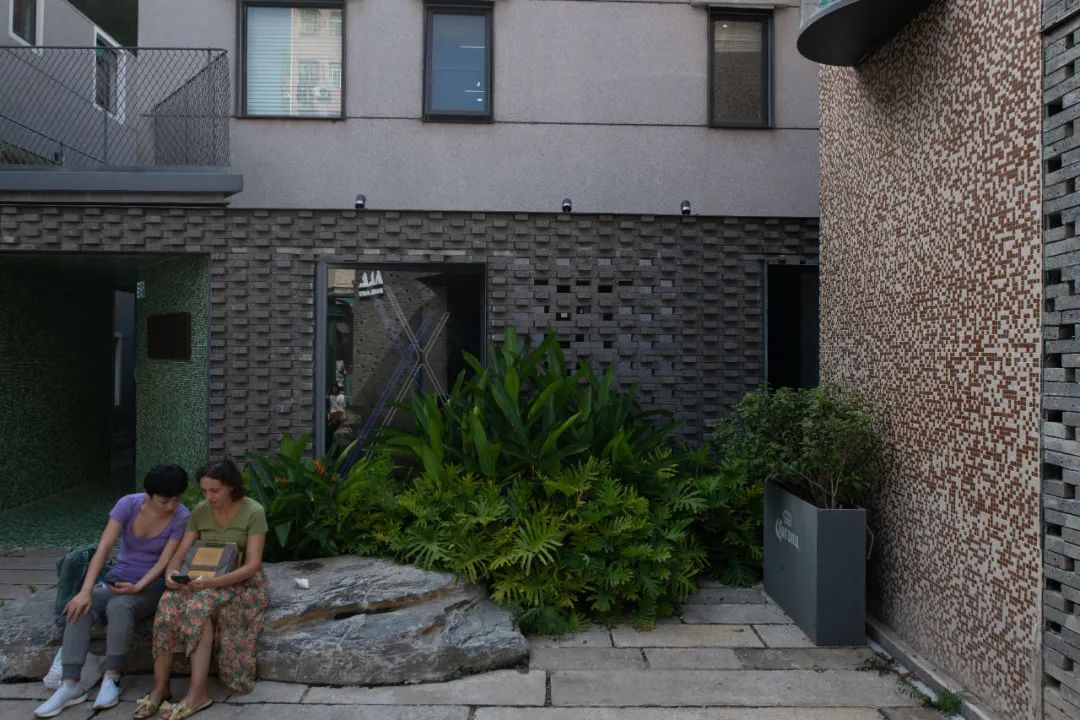
△ 改造后的砥园水景花园为人们提供了临时的休息空间
观音阁早年毁于战火,观音井是在观音阁旧址遗存的古井基础之上改造,以古井为原点出发,溪流顺着堆叠的老麻石穿过老街缓缓流下,城市的记忆通过原生材料被保留了下来,也为市民提供了游乐休憩的开放空间,满足原住民日常生活的需求。
Guanyin Fountain was reconstructed based on the ancient well of Guanyin Pavilion, which was destroyed in the war. Starting from the same spot as the original well, the stream gently follows the old path along the stacked stone. Nantous memory is preserved through the use of original materials, and the fountain also provides considerable open space for play and rest.
△改造后:观音井航拍(历史文物遗址保护区域)
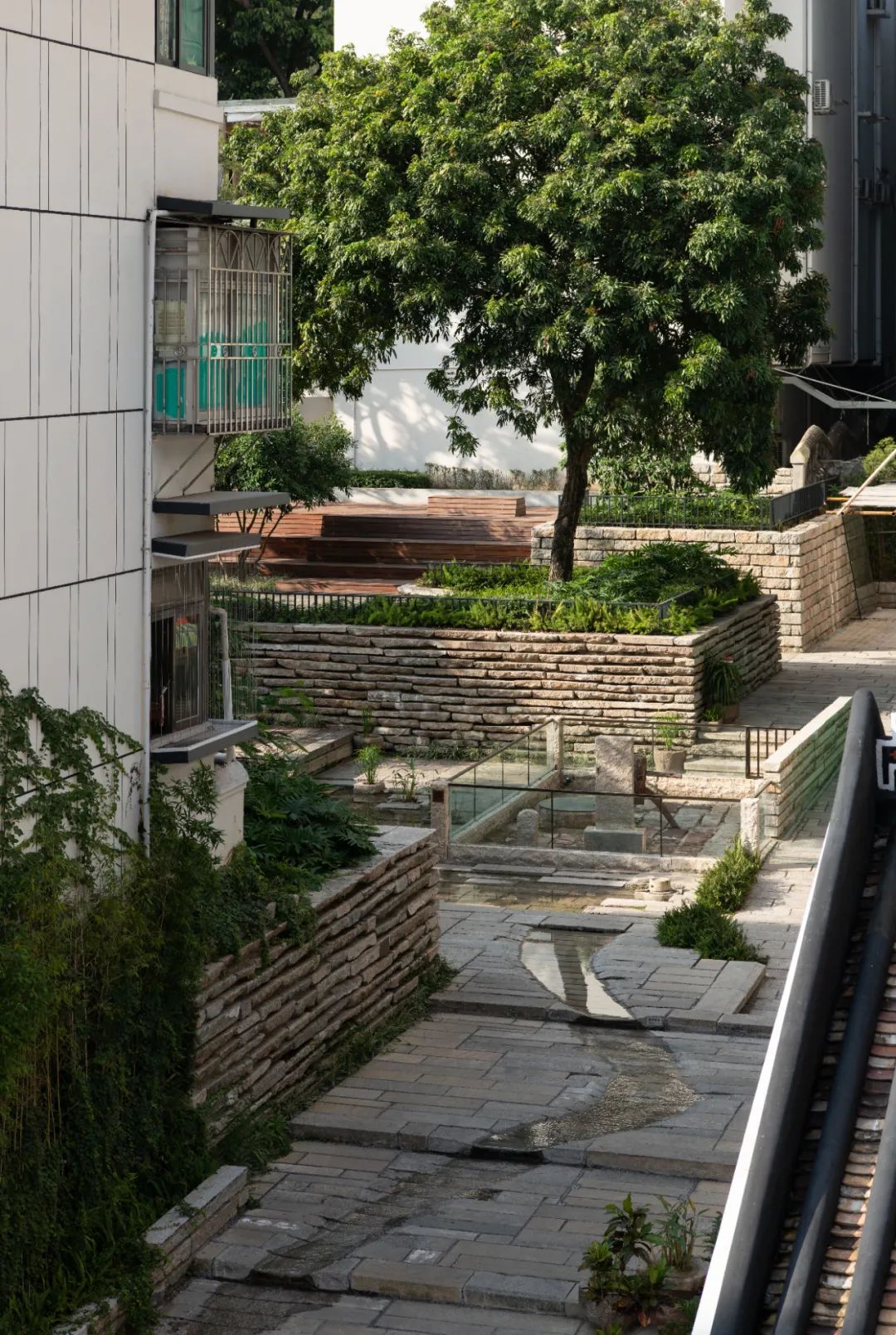
△保留场地树种:荔枝树





△利用现场遗留的老麻石打造叠水景观

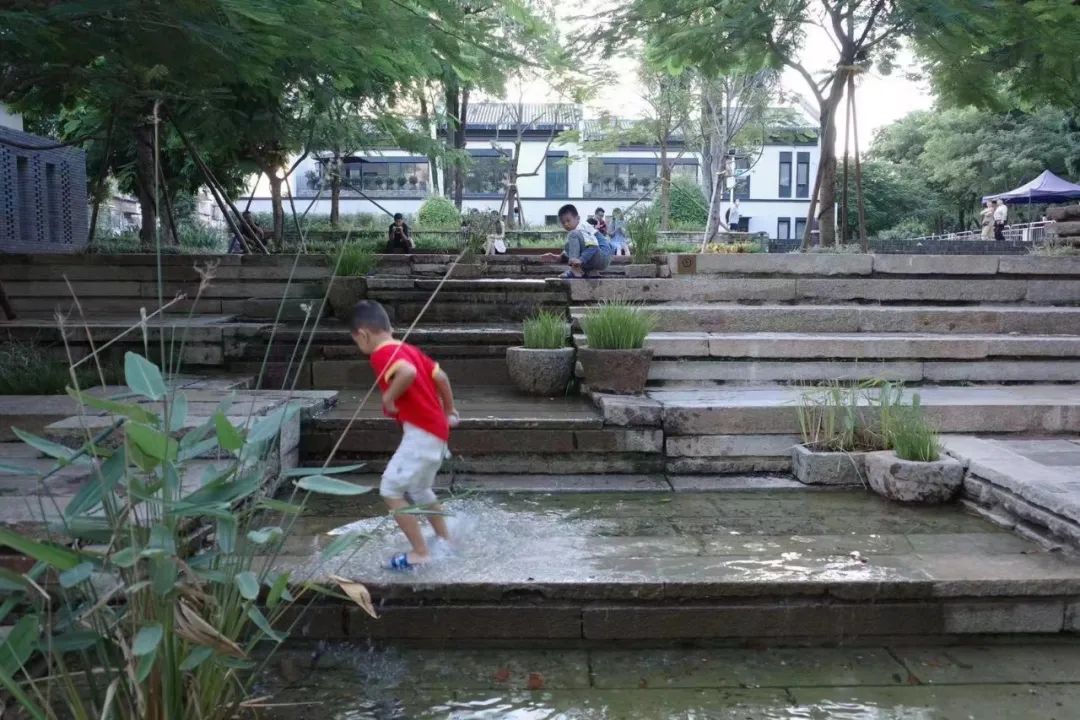
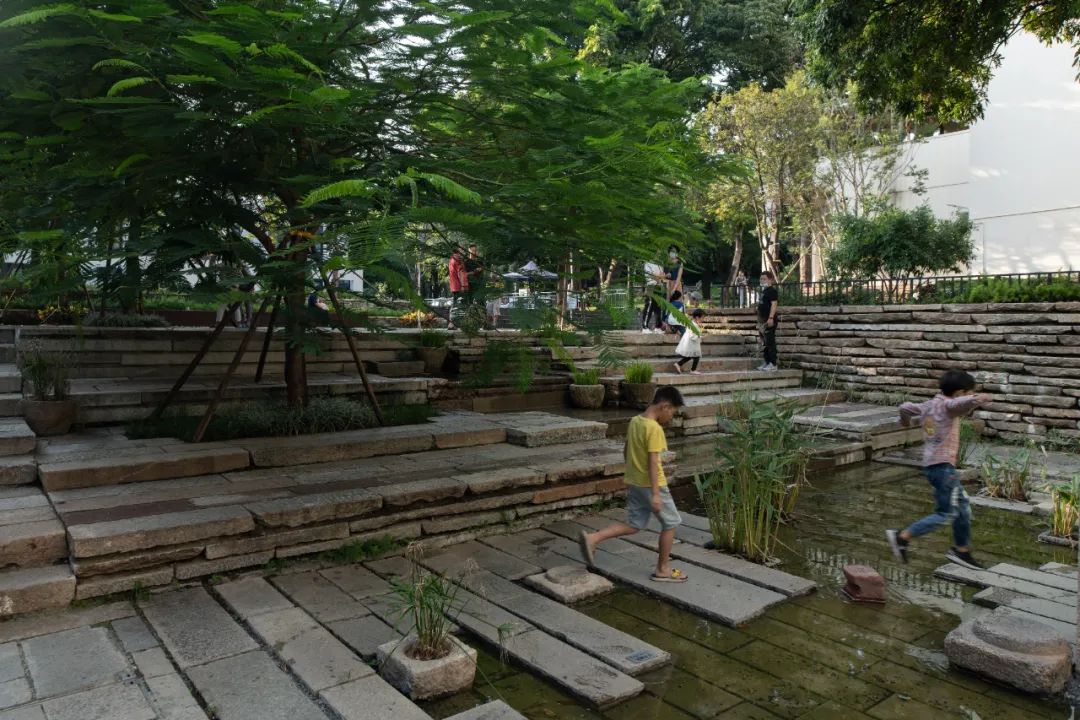
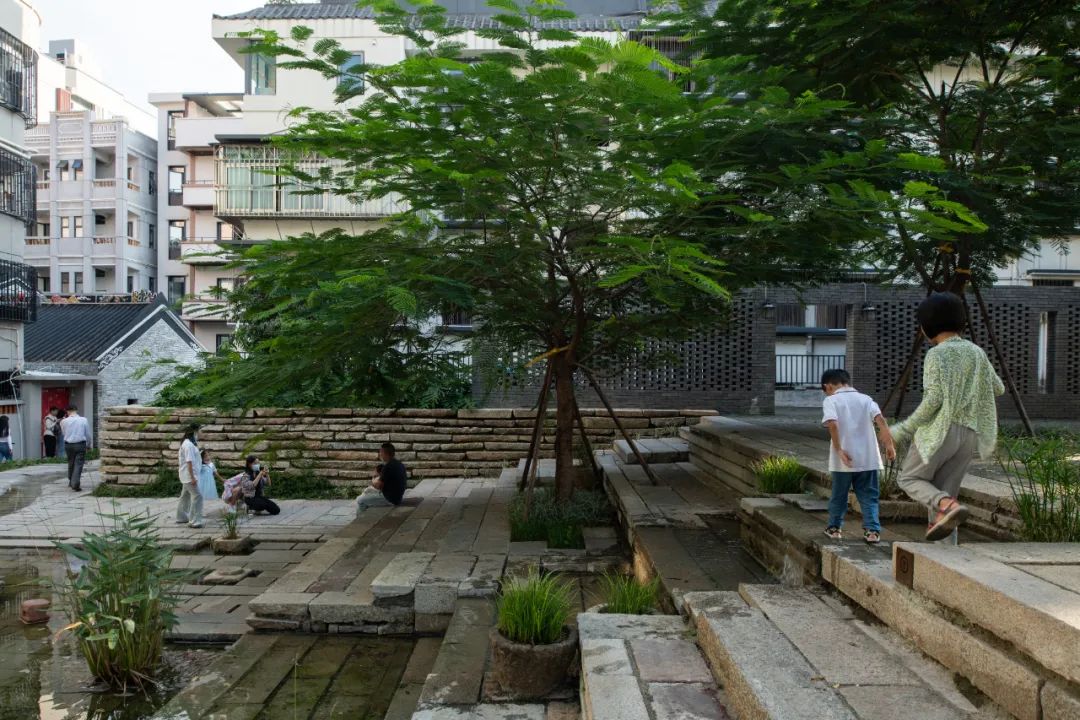

△孩子们在观音井的追逐嬉戏
△结合古观音井遗址打造的穿街水溪
曾经的市民剧院已拆除。拆除后的空间围绕着空字改造,在保留了曾经的大家乐剧场的名字后,创造出一个满足市民聚集活动,独特开放的场所。通过改造,大家乐广场也逐渐成为了深圳市民的节庆空间,也是南头最大的城市广场。
In 2019, Nantous old Civic Theatre had to be demolished because of disrepair. The empty space was transformed, and the Civic Theatres nickname of Grand Joy Theatre was adopted, creating a unique and open place for cultural activities. Through the renovation, Grand Joy Plaza has gradually become a common space for festivals in Shenzhen, as well as the largest urban square in Nantou.

△大家乐广场平面图
△大家乐鸟瞰效果图

△大家乐广场为深圳市民提供了活动的开放空间,也成为了南头最大的城市广场
社会意义
SOCIALSERVICE
南头花园将城中村暗巷转变为城市客厅,最大程度的存留了城中村的生活记忆,大量的延用原有材料,就地取材,通过控制新旧材料、元素的选择,营造了古今交融的文化场景,满足了现代居民多样化的活动需求,也让古城充满原有的生活气息。古城从原来低端、杂乱的城中村,变成舒适的生活社区,以烟火气与文化活力集聚文创、商业的共荣。一改以往城中村商业化改造与运营模式,南头花园体现了景观建筑师的社会责任感,关注低收入群体在地价日益昂贵的城市狭缝里的平等生存需求,为他们提供了优质、低成本的生存空间。
The Nantou Community Park project is the transformation of a gray streetway into an urban living room. By sourcing local materials and integrating new and old elements, a space that blends ancient and modern aesthetics and suits the diverse needs of residents is created in Nantou Ancient City. The design preserves the cultural heritage of the area while injecting new life into the space. once a disorderly and urban village, Nantou is now a comfortable living community with a flourishing art and business scene. Unlike typical urban village transformation projects which overemphasize the commercialization of these historic landmarks, Nantou Community Park embodies the social responsibility of landscape architects and addresses concerns facing low-income groups in an increasingly unequal city environment. It provides a high-quality, low-cost living space that can be enjoyed by all.
△南头花园将城中村暗巷转变为城市客厅

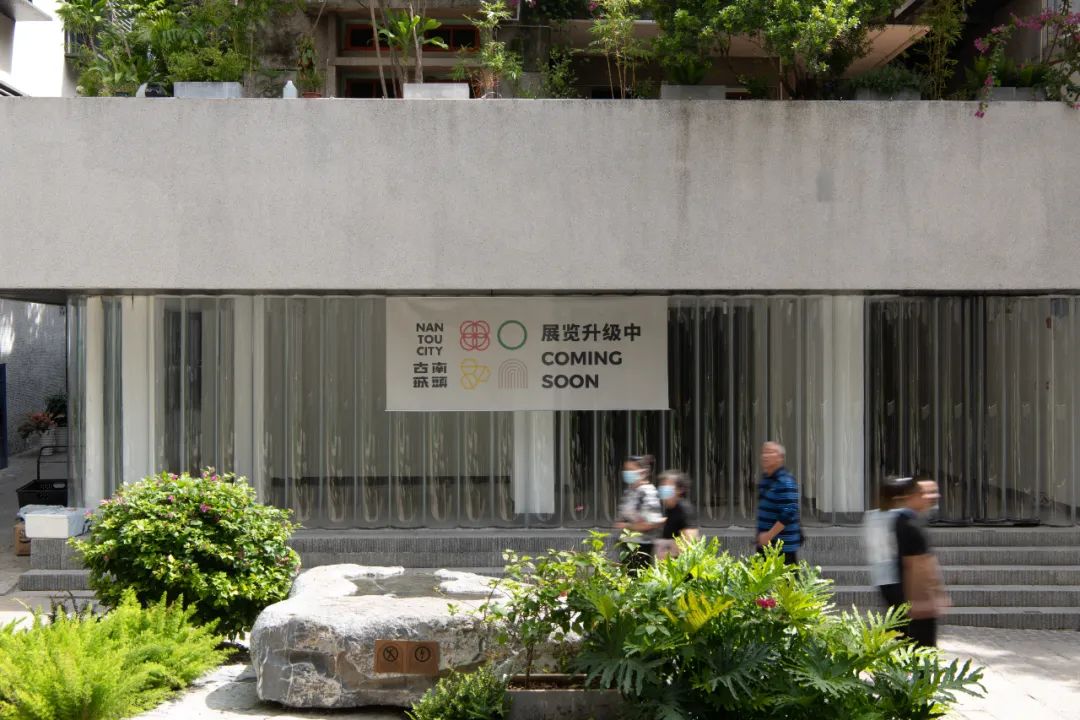




△满足了现代居民多样化的活动需求,也让古城充满原有的生活气息
△古城从原来低端、杂乱的城中村,变成舒适的生活社区
以烟火气与文化活力集聚文创、商业的共荣
项目信息
设计团队:李中伟,林楠,姜文哲 张家茜 李秀娟 沈怡君 周建 秦超 罗龙渊 刘欢




















